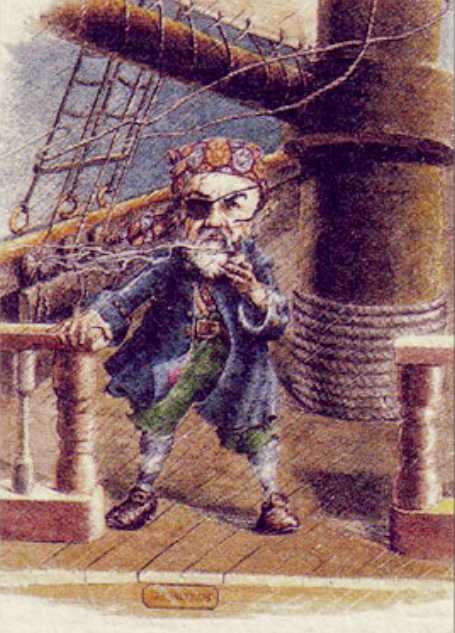4.1.2.7.5 The poetry collection “Versions”, published by Eliseo Diego (1920 – 1994) in 1970

“Versions” is an example among us of mastery in the use of poetic prose and its relevance in capturing both the reality that the poet captures in his fruitful connection with the world and his own “fictionalizing” capacity, which finds in this continent an adequate space for the expression of beauty as well as for its creation.
The versions, in their broadest sense, are those of death, a theme that had been and would continue to recur in his poetry. In this sense, more than death as a term, he is obsessed with the inherent transience of matter and human traces, death as the obliteration and meaninglessness of any act, all of which he captures with his usual richness of nuance.
In these delicately crafted pieces, the real and the imaginary leave no gaps in their energetic embrace, which has its first foothold in the characters who populate their everyday life, made of the dust and stone of the places, of their intimate substance that sometimes appears torn or eroded by the effect of too much memory.
In this collection of poems, the sensorial plays a major role in the capture of his surroundings, a kind of delight that he sometimes transposes into kinesthesia, as evidence of his unintentional immersion in the reality that surrounds him, with its many facets and which he also seeks to reflect. He is particularly interested in the mysterious condition of the mirror as a secondary object of reality.
In short, this collection of poems presents an everyday life transcended by the poet’s fabled capacity, as testimony and at the same time a further step in the deepening of the connection with reality, from which it leaps not into the void but into the eternity of knowledge in its constant renewal. Without laying down its weapons, it then advances in the form of cognition of the world that is poetry and at the same time a lightning revelation of its discoveries.








